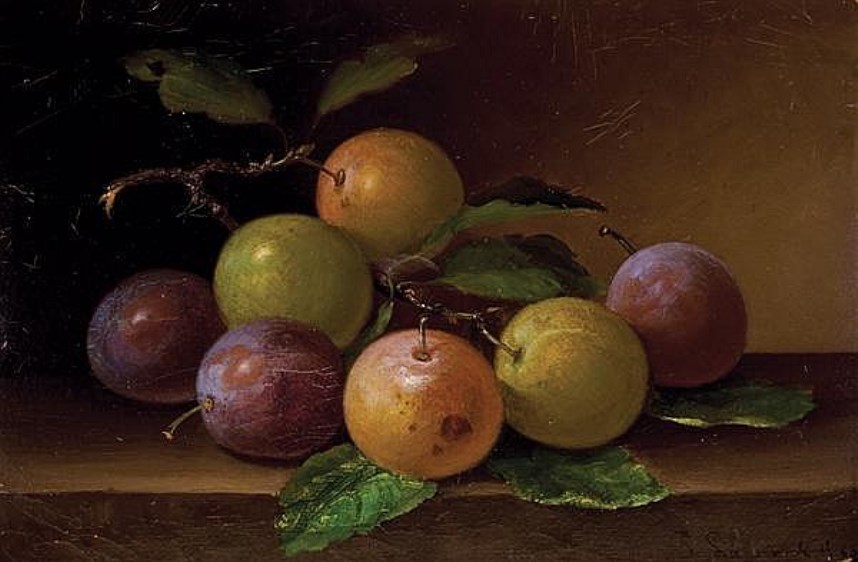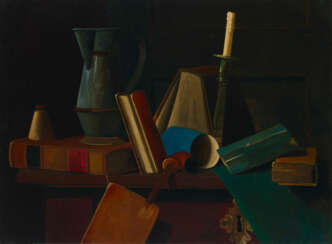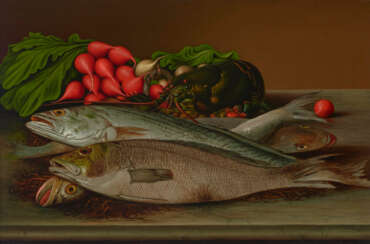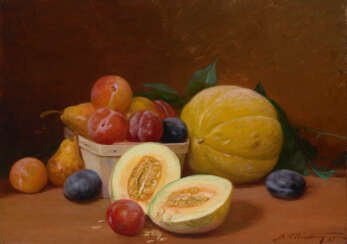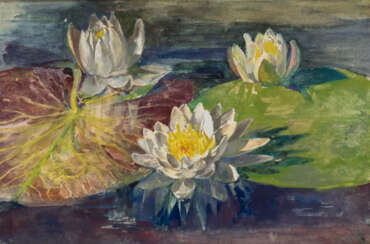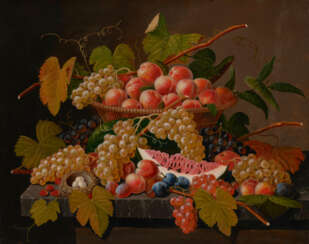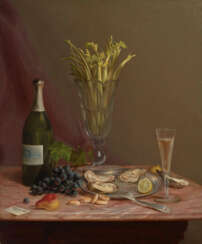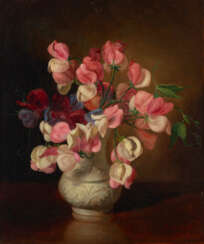классический натюрморт
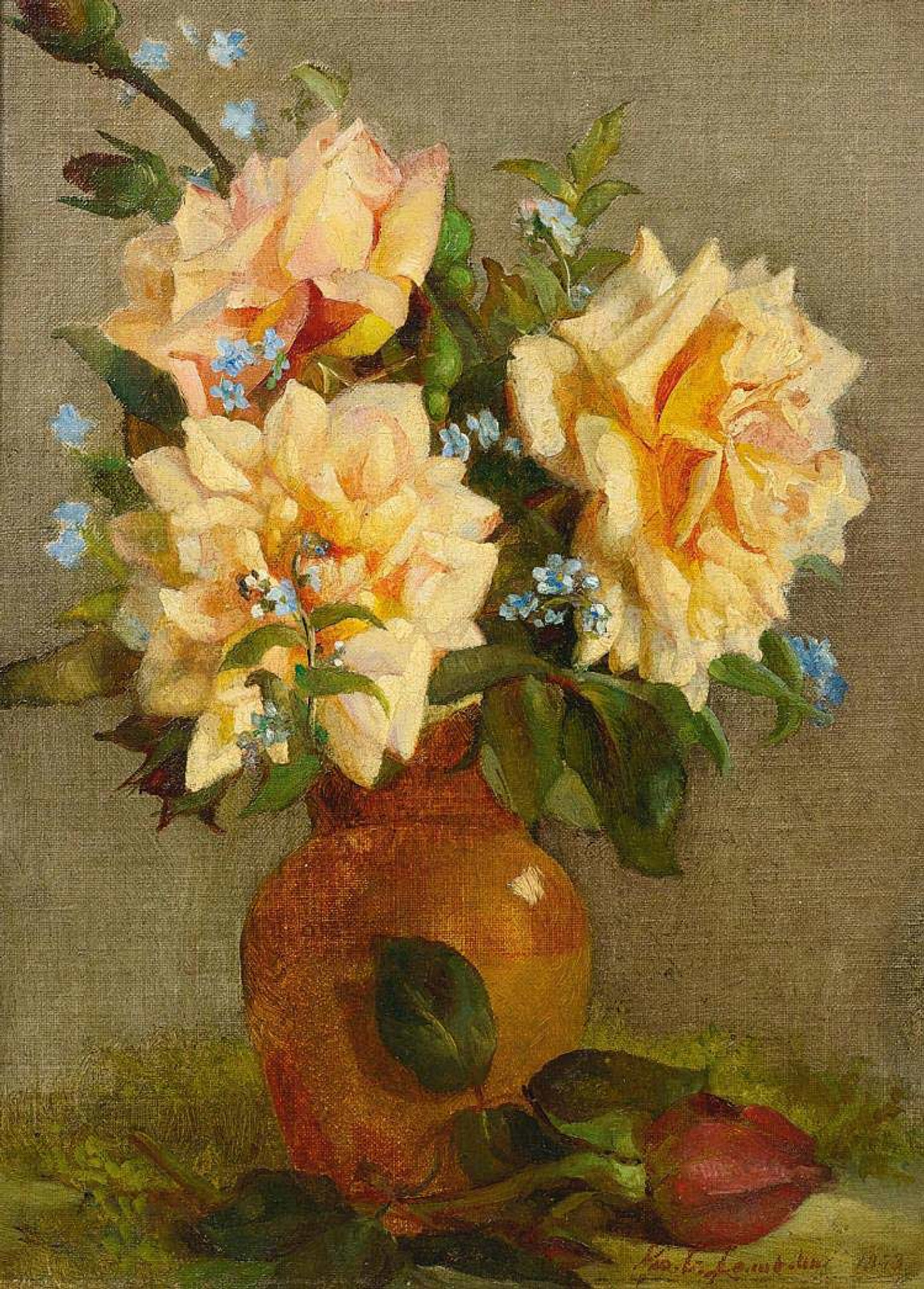
George Cochran Lambdin was an American Victorian artist, best known for his paintings of flowers.
He was elected to the National Academy of Design in 1868, and was an academician of the Pennsylvania Academy of the Fine Arts.
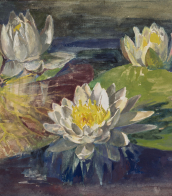
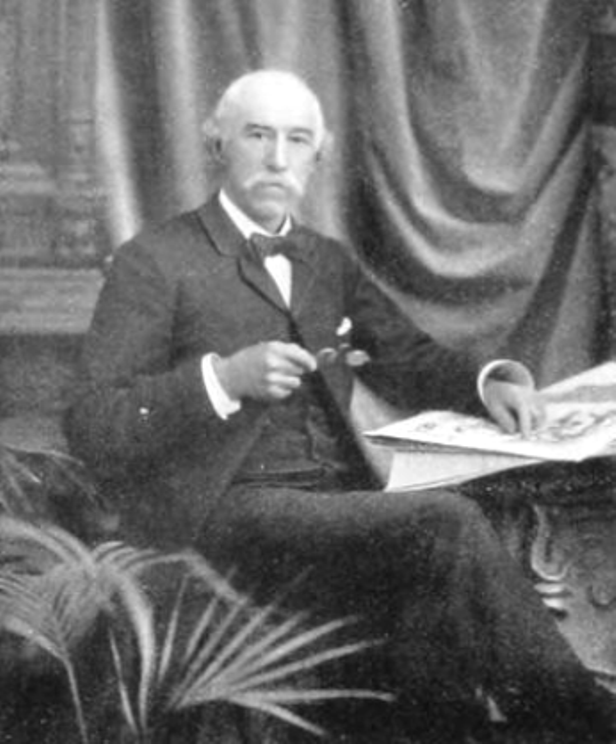

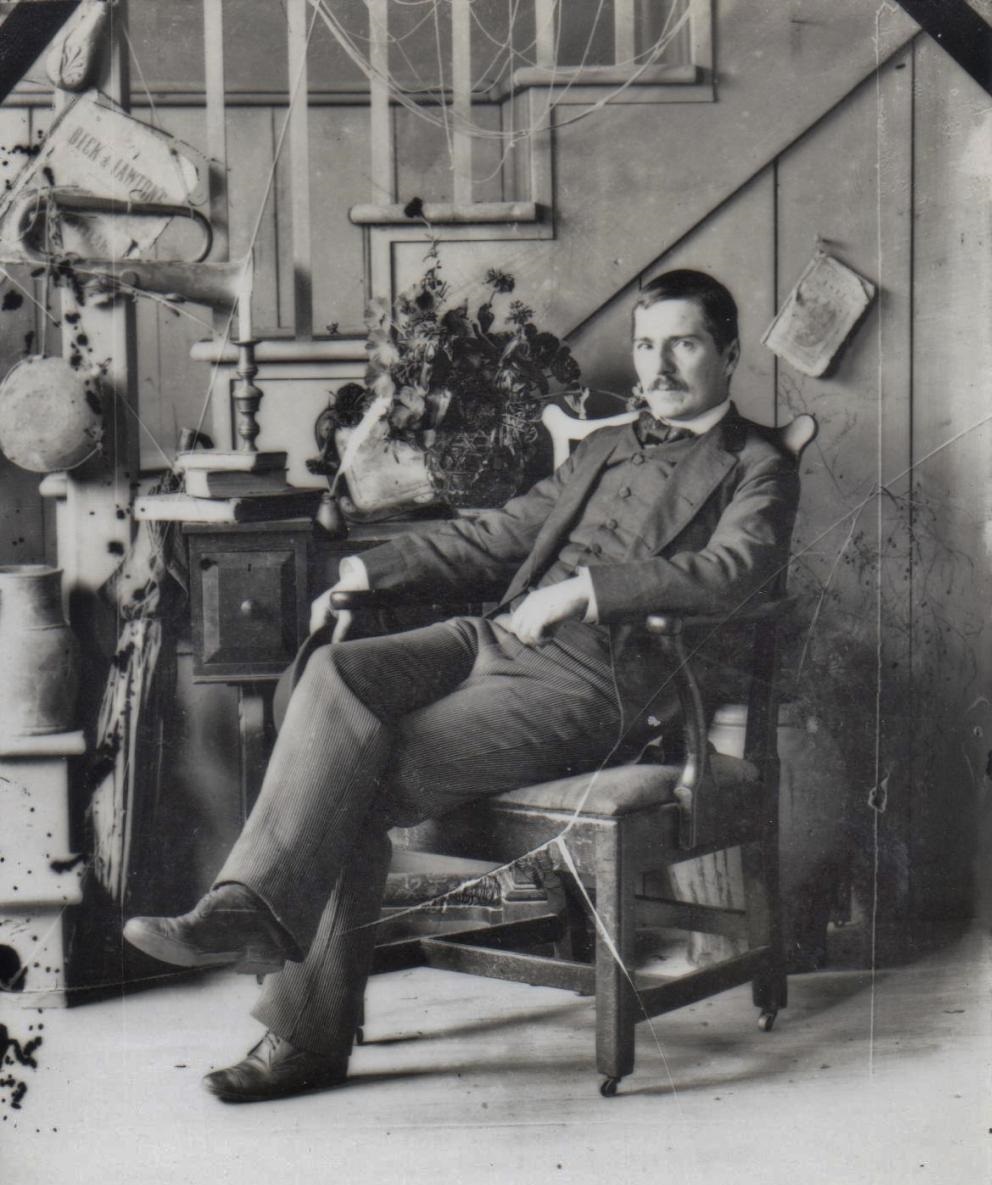
John Frederick Peto was an American trompe-l'œil ("fool the eye") painter who was long forgotten until his paintings were rediscovered along with those of fellow trompe-l'œil artist William Harnett.


John Frederick Peto was an American trompe-l'œil ("fool the eye") painter who was long forgotten until his paintings were rediscovered along with those of fellow trompe-l'œil artist William Harnett.

Levi Wells Prentice was an American still life and landscape painter. Prentice was associated with the Hudson River School.
Self-taught artist Levi Wells Prentice is best known for his realistic still life compositions of fruit arranged within a landscape, or abundantly spilling from bushel baskets. Early in his career, he painted portraits and landscapes of the Adirondack Mountain region of Lewis County, New York, his birthplace.

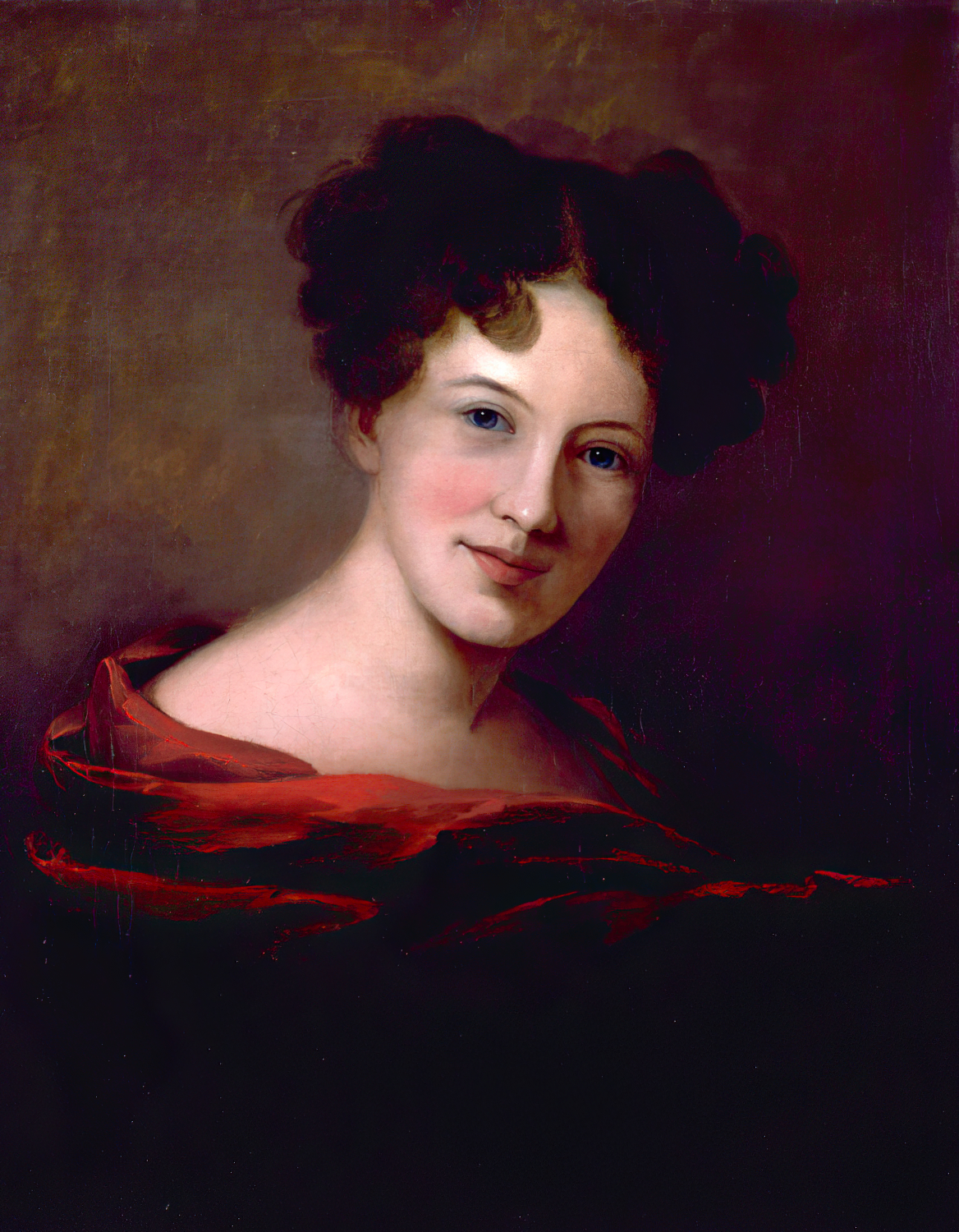
Sarah Miriam Peale was an American portrait painter, considered the first American woman to succeed as a professional artist. One of a family of artists of whom her uncle Charles Willson Peale was the most illustrious, Sarah Peale painted portraits mainly of Maryland, Pennsylvania and Washington, D.C. notables, politicians, and military figures. Lafayette sat for her four times.

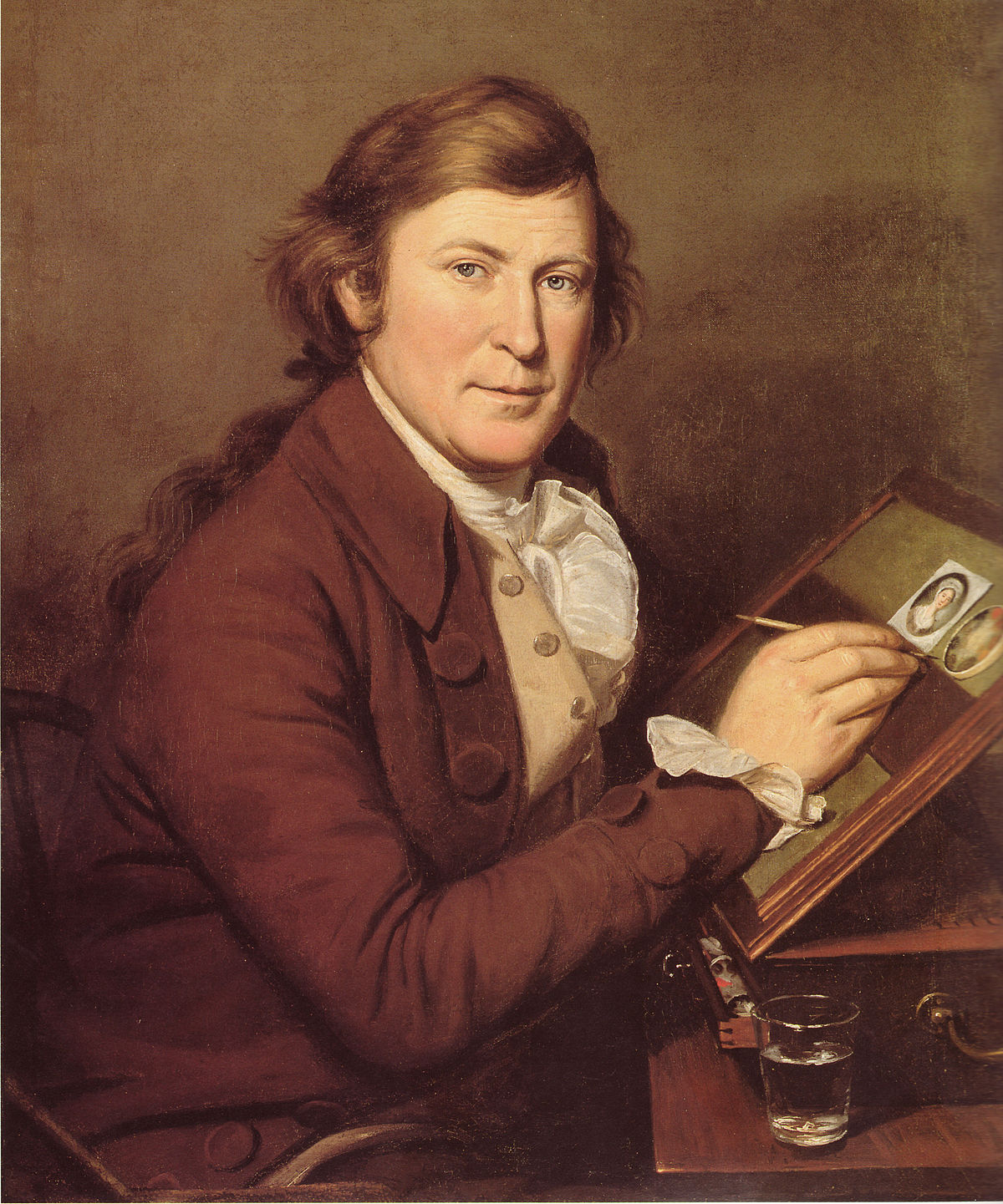
James Peale was an American painter, best known for his miniature and still life paintings.

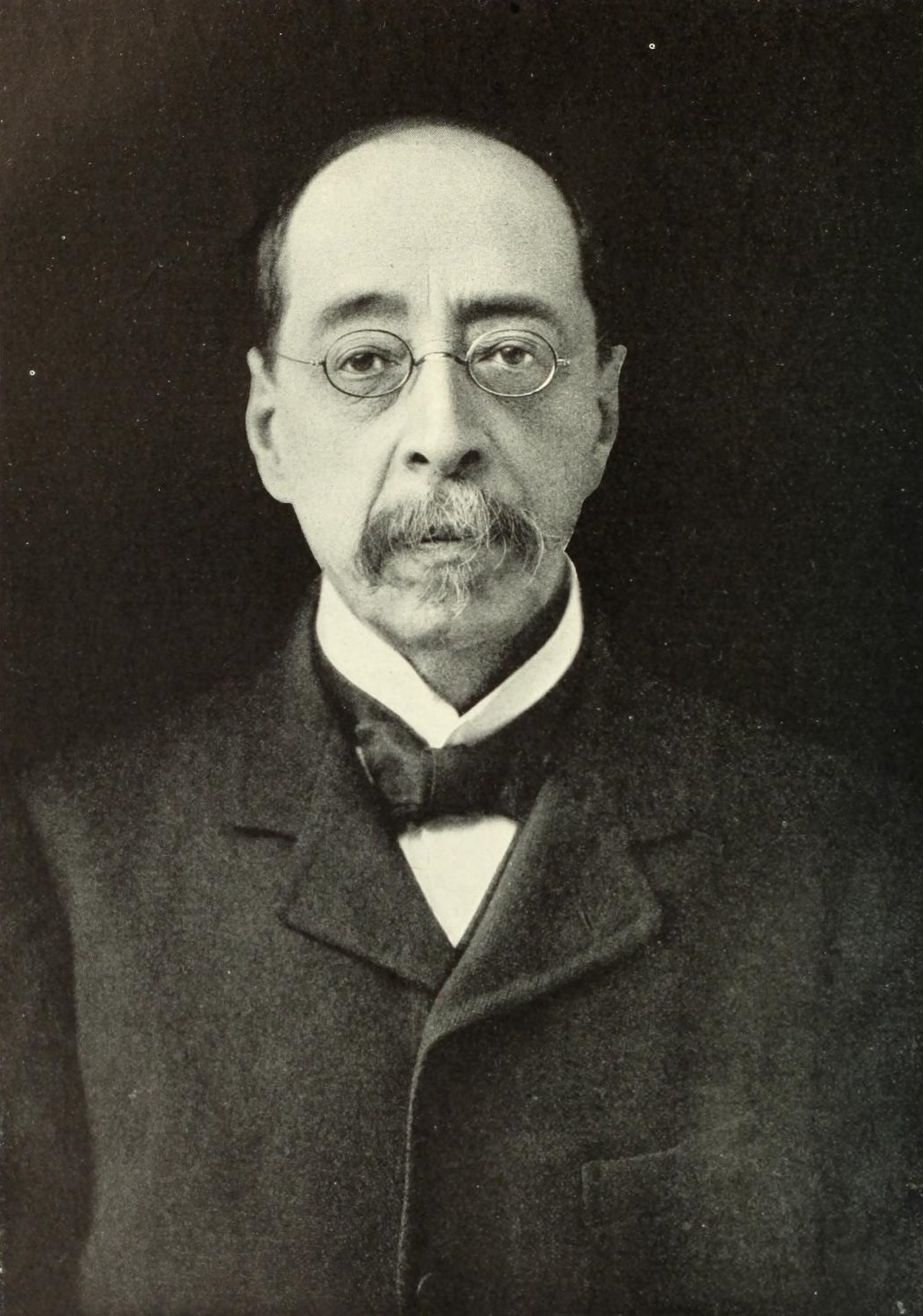
John La Farge was an American artist whose career spanned illustration, murals, interior design, painting, and popular books on his Asian travels and other art-related topics.
La Farge is best known for his production of stained glass, mainly for churches on the American east coast, beginning with a large commission for Henry Hobson Richardson's Trinity Church in Boston in 1878, and continuing for thirty years. La Farge designed stained glass as an artist, as a specialist in color, and as a technical innovator, holding a patent granted in 1880 for superimposing panes of glass. That patent would be key in his dispute with contemporary and rival Louis Comfort Tiffany.

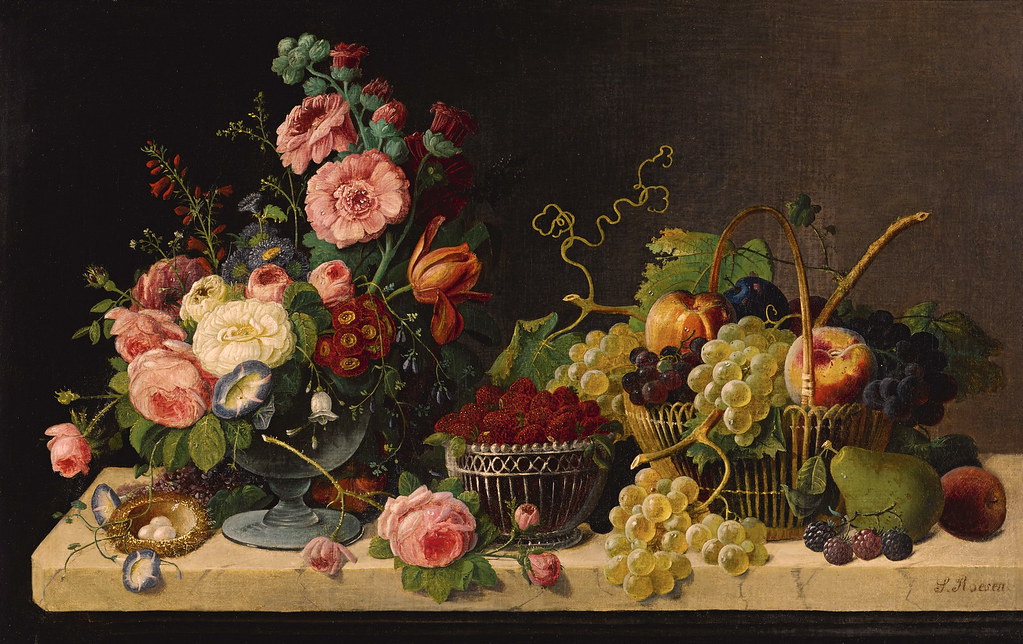
Severin Roesen was a Prussian-American painter known for his abundant fruit and flower still lifes, and is today recognized as one of the major American painters in that genre from the nineteenth century.
While Roesen's paintings reveal a meticulous attention to detail in their precise arrangements and close brushwork, his subject matter, even down to specific motifs, did not change throughout his career. Sometimes he made near-identical copies of paintings, but usually he merely rearranged and reassembled stock elements.

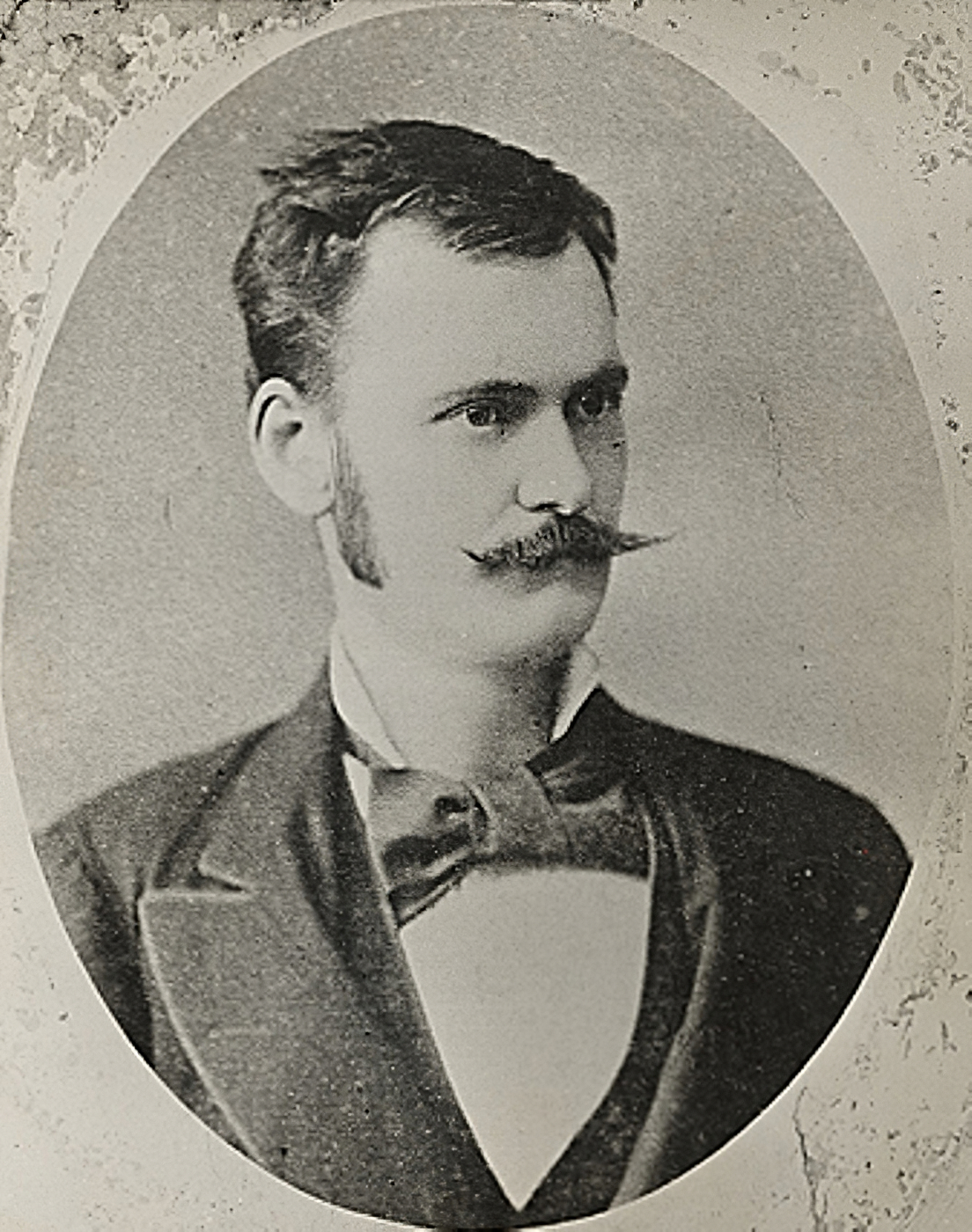
William Michael Harnett was an American painter of the second half of the 19th century. He became known as a master of still life. William Harnett was famous for his pictures of deception with extremely accurate depictions of everyday objects, which the viewer often could not distinguish from real things.
William Harnett, unlike most of his colleagues, never sought fame and popularity, so he forever remained faithful to the still life genre he had chosen as a young artist. His biography is a typical example of a successful career of a self-taught artist without academic education.
Harnett's best masterpieces are now preserved in museums in the United States.

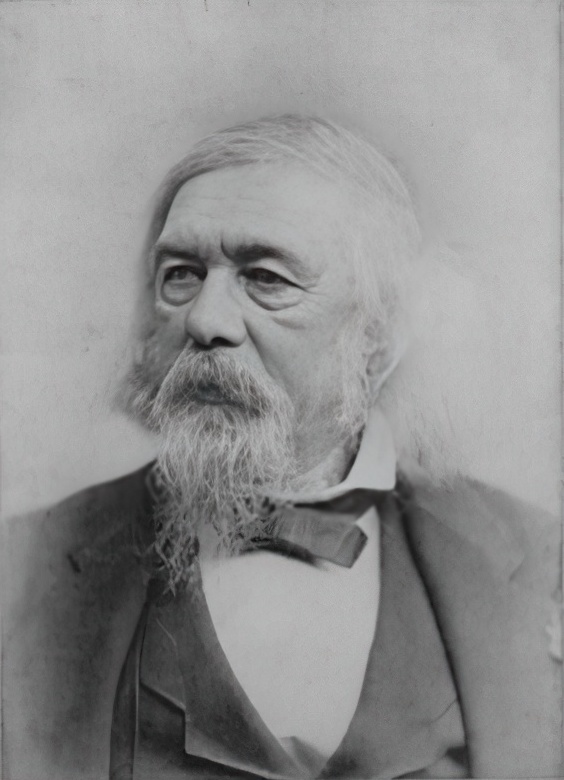
Samuel Marsden Brookes was an English-born American painter. He specialized in still lifes of fish and game, but began as a portrait painter and also produced some landscapes. He was also a member of the Bohemian Grove.

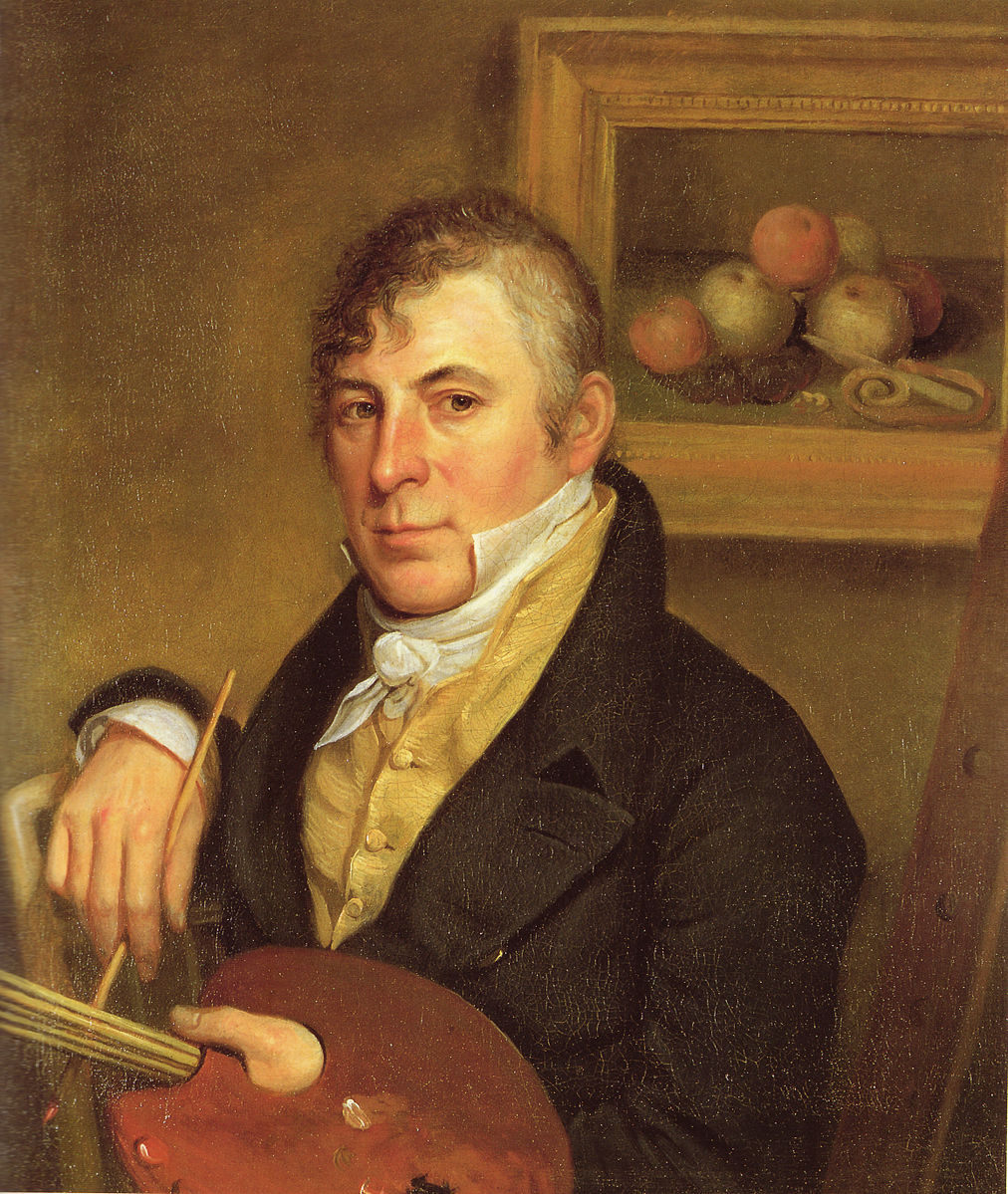
Raphaelle Peale is considered the first professional American painter of still-life.

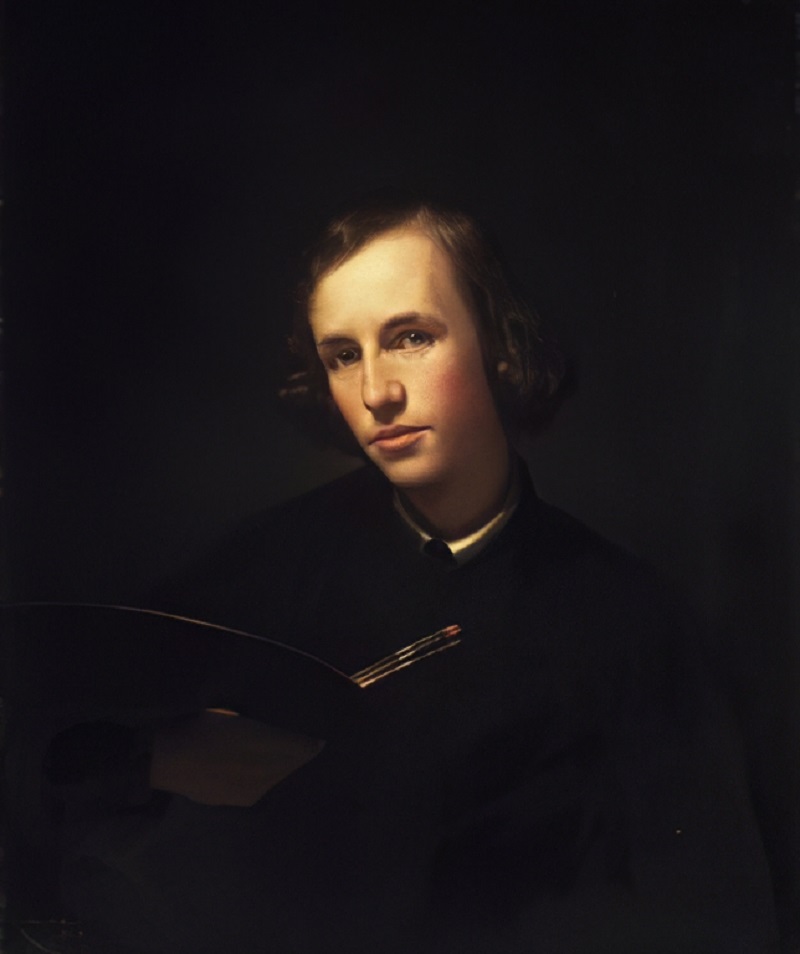
George Henry Hall was an American still-life and landscape artist. He studied art in Düsseldorf and Paris and he worked and lived in New York City, the Catskills of New York and in Europe. His works are in museum collections in the United States and Europe. Over the course of his career he sold 1,659 paintings.


George Henry Hall was an American still-life and landscape artist. He studied art in Düsseldorf and Paris and he worked and lived in New York City, the Catskills of New York and in Europe. His works are in museum collections in the United States and Europe. Over the course of his career he sold 1,659 paintings.



